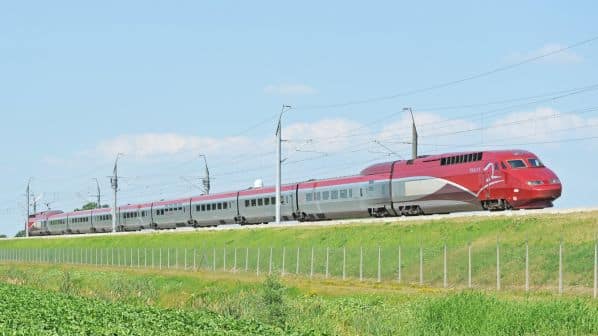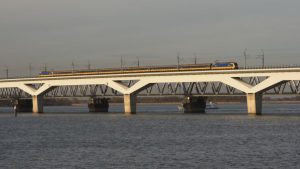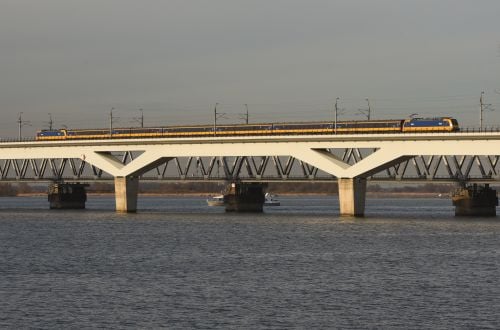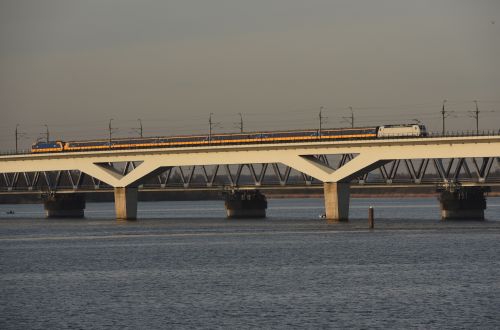DUTCH infrastructure manager ProRail has imposed a number of temporary speed restrictions on the northern section of the HSL-South high-speed line between Rotterdam and Hoofddorp near Schiphol Airport after cracks have appeared in the viaduct at Rijpwetering.
The maximum speed at this location, where the high-speed line crosses the Zuidweg road, has been reduced from 300km/h to 80km/h.
ProRail says that errors were made during the construction of the viaduct, with the result that the structure is not strong enough to carry the high-speed traffic now using it without cracking.
Furthermore, poor ground conditions have caused horizontal movement of 80mm in the alignment of the high-speed line since it opened to traffic 2007.
Ground conditions in the low-lying west of the Netherlands have always been problematic for civil engineers, their soft and dynamic character requiring structures to be built on piling driven deep into the ground.
ProRail says that horizontal movement has been continuously monitored and that until now there has been no reason to take action.
There are nine similar viaducts near Rijpwetering that are now being inspected to determine if they are also failing, with the imposition of a temporary speed restriction of 160km/h at these locations.
ProRail hopes that remedial measures at Rijpwetering will enable the maximum speed to be raised from 80km/h to 160km/h later this year, but restoring the maximum line speed of 300km/h is not expected earlier than the end of 2025.
This will affect domestic IC Direct services operated on HSL-South by Netherlands Railways (NS), as well as Thalys and Eurostar international services now brought together within the single Eurostar brand.
Solving the problem is expected to be a complex task. It is not known whether the viaduct’s piled foundations are capable of bearing the weight of a high-speed train travelling at the full line speed of 300km/h line speed.
Much will depend on computer simulation as extensive ground investigation is not feasible. ProRail does expect that major works will be required to retore HSL-South to full performance, while stressing that safety is its utmost priority.
While operations on HSL-South are managed by ProRail, the high-speed line is maintained by Infraspeed under its PPP contract with the Dutch government to design, build, finance and maintain the superstructure of the high-speed line.
The maintenance element of the contract runs for 25 years, and includes a performance regime specifying availability of at least 99.56%.
Infraspeed is a joint venture of Siemens Mobility and railway construction and infrastructure maintenance company BAM, which is financially backed by two banks.




